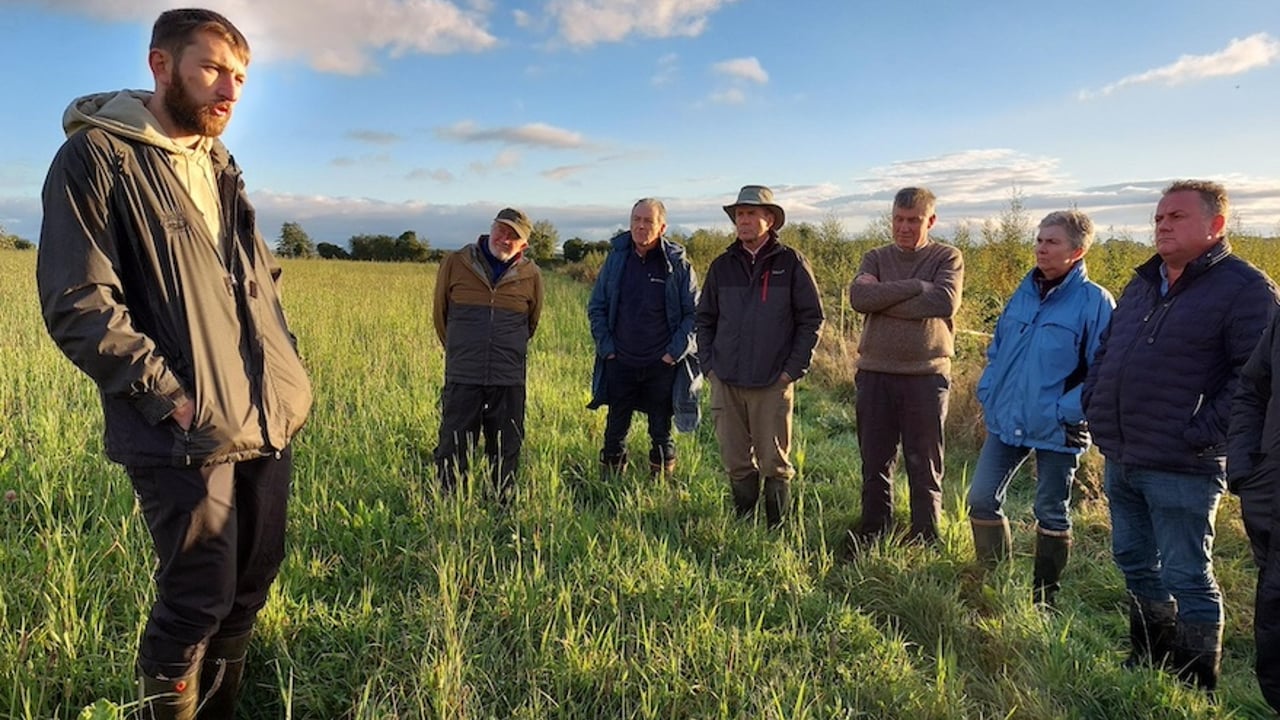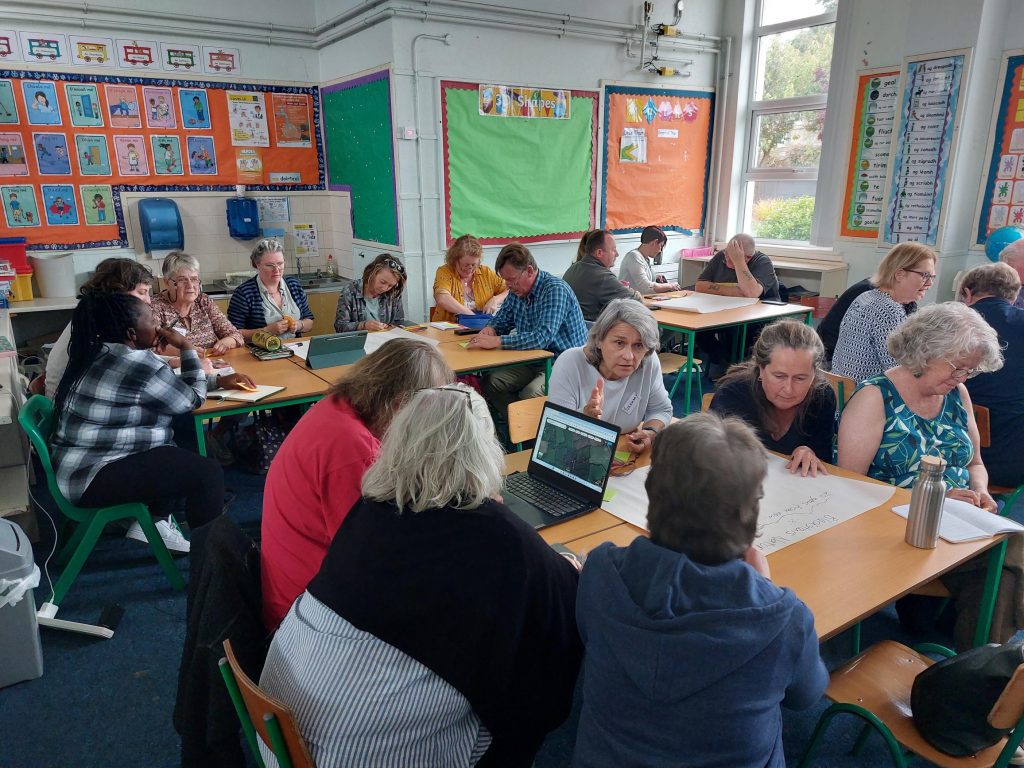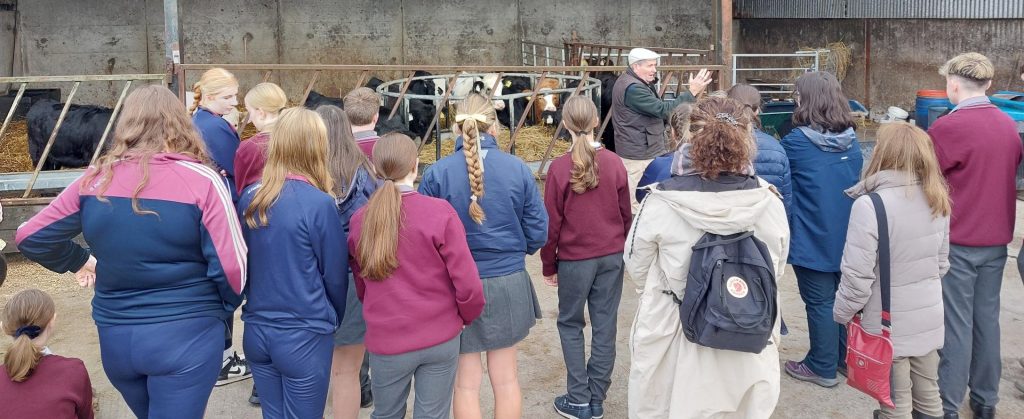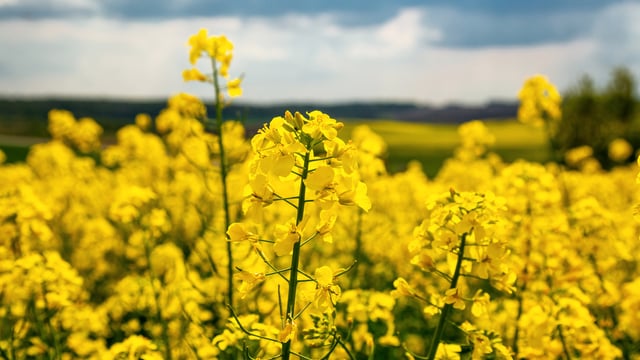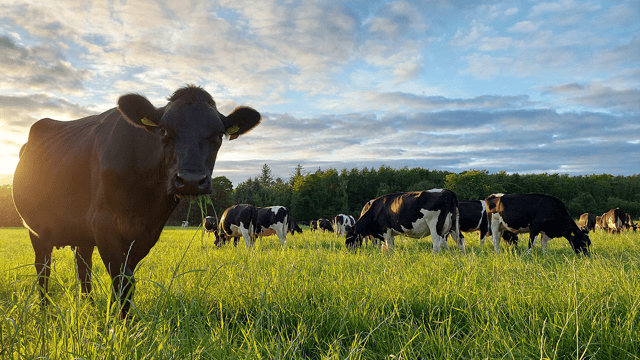Blackstairs landscape communities project shortlisted for award
Carlow County Council's 2024 project team, which worked with the many communities across the Blackstairs Mountains, has been shortlisted for the Chambers Ireland Excellence in Local Government Awards 2025.
The project has been included in the 'Supporting Sustainable Communities' category, with winners due to be announced at the end of this month (November).
The initiative, funded by the Heritage Council, was also a catalyst for the recent Carlow Farming for Nature celebration.
It also saw the rollout of the Hare's Corner project across Co. Carlow which attracted over 150 applications this year alone.
There was also a November talks series hosted by Rahanna village group, and a bespoke schools workshop currently being rolled out with local primary schools across the Blackstairs.
Blackstairs landscape
Shane Casey, biodiversity officer at Carlow County Council said: "The ongoing success of this project, and its spin-off projects, is a direct result of the support and goodwill from the people and the communities of the Blackstairs landscape."
The Blackstairs landscape, both within the Special Areas of Conservation (SAC) and Proposed Natural Heritage Area (PNHA) boundaries and further afield, is recognised as being important from an ecological perspective, he said.
"From a cultural and historical perspective, it is also a very complex area, requiring a highly sensitive approach to engagement," Casey added.
"In recent years the area has benefitted from the Blackstairs Farming Futures EIP, which has since transitioned into an ACRES co-operation project.
"Local groups hosted an insightful Blackstairs biodiversity conference in 2021 with national experts discussing the area’s future in a strategic context."
Among the insights was an acknowledgement that the wider non-farming community is increasingly interested in learning, participating, and questioning how the landscape is being managed by both farmers and statutory agencies.
"However, these same communities are not necessarily au fait with the results-based approach of the EIP/ACRES CP, or the dynamic balances between policy, legislation, cultural practices, and local environmental conditions required in the day-to-day management of a high nature value landscape.
"Primarily, this is because they have not been part of the traditional communications channels," the biodiversity officer said.
Focus on communities
The programme was primarily communities-focussed, aiming to build farming and non-farming relationships.
It revolved around a number of initiatives spearheaded by the Burrenbeo Trust in Co. Clare, Plans for Nature (PfN), part of the Hare’s Corner initiative, and Heritage Keepers, targeting traditional community groups, and recreational and other interest groups in the Blackstairs.
Casey said: "The initiative has been getting people onto farmland to see it first-hand and celebrating local Farming for Nature ambassadors, and some additional elements arising from consultation with people involved in various High Nature Value (HNV) landscape projects."
Individually they have proven successful, but this was the first time that all these elements have been rolled out together outside of the Burren, so the award shortlisting is for the collective - the applied learning programme, Casey explained.
"For the programme, the aim is to deliver an improved understanding of results-based landscape management to the broader Blackstairs community, encouraging farming and non-farming relationships, and strengthening the foundations for future community stewardship," he added.
Project elements
The delivery of the project revolved around five main elements:
- Plans for Nature, a Burrenbeo Trust Hare's Corner initiative targeting non-farming landowners in the Blackstairs area;
- A Heritage Keepers' workshop for local community and interest groups, delivered in-person by the Burrenbeo Trust;
- A community conference with contributions from local Farming for Nature ambassadors and agri-environmental programme co-ordinators;
- Guided farm walks for participants in these events;
- Interpreting the Blackstairs through the production of an art publication.
By the end of the project, 13 plans for nature were produced and seven local groups completed the Heritage Keepers' programme.
60 people attended a conference titled 'The Landscapes that Connect our Farming and Non-farming Communities'.
Four farm walks were completed with 95 participants, including 60 from Borris College's agricultural science classes and green school.
A publication titled Landscapes of Inspiration and Imagination was produced by students and staff of Borris College.
A meeting with Blackstairs farmers took place in Rathanna, with approximately 50 in attendance.
"This was in advance of any project actions taking place, as a way of achieving local buy-in for the approach we were taking," Casey said.
"The warm reception to this gave the project a great head-start."
The biodiversity officer outlined how the community conference was held in Myshall community hall, and catered for by the local community.
"This 'homemade' element, rather than a corporate venue, was acknowledged by both the attendance and contributors," Casey said.
"When inviting community groups to take part in the Heritage Keepers' workshop, we also asked them to nominate potential landowners who would be suitable for a Plan for Nature.
"This gave an added sense of ownership to community groups for the wider programme, and significantly enhanced local interest."
Plan for Nature
One Plan for Nature was carried out on community grounds in Myshall, directly adjacent the conference venue, and was used for the conference field trip, "negating the need to travel", Casey said.
"Hard copies of the Plan for Nature were disseminated to the local community through the local church and Myshall Muintir na Tire," he added.
A second Plan for Nature uncovered a Marsh fritillary butterfly habitat for the first time, much to the delight of the landowners, according to the biodiversity officer.
"The addendum Heritage Keepers' workshop focussed on sustainable landscape communities was held in a hay barn, with straw bales used as seats and home baking," Casey said.
"Similar to the conference venue, this homemade approach added an intangible value to the overall programme."

